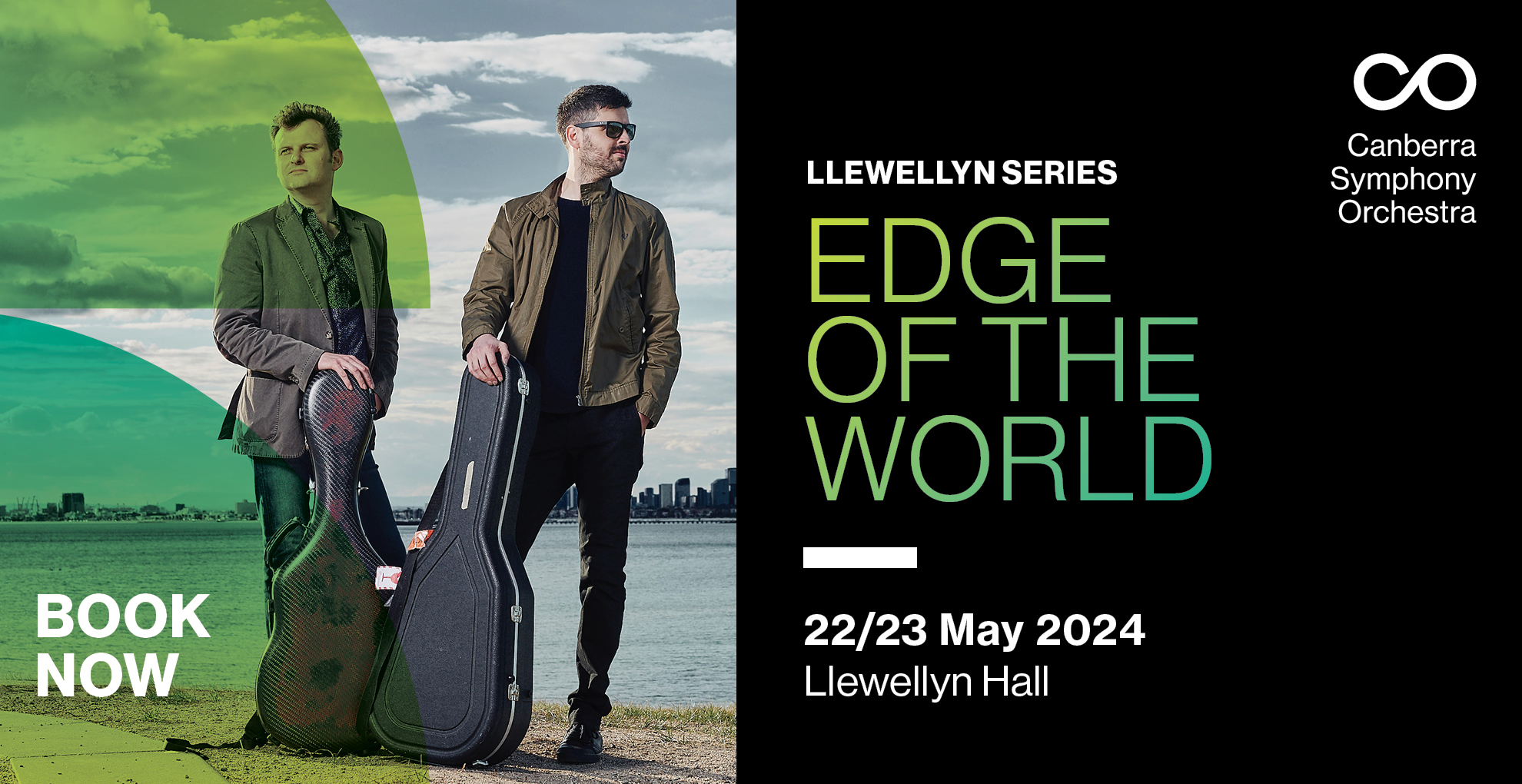We begin with wanderlust: from wide open skies to the teeming depths of Takayna / Tarkine, the ancient rainforests of north-west Tasmania. Music gives us new ears and new eyes for the mystery and beauty of nature, to the edges of the world.
The program opens with Ralph Vaughan Williams’ beloved Lark Ascending, featuring Concertmaster Kirsten Williams. The violin pays homage to the lyrical song of the skylark, which sounds from dizzying heights as it circles higher and higher into the sky. Vaughan William’s Lark takes on greater poignancy against the backdrop of the First World War.
Then, Nigel Westlake leads us into the depths of Australia’s oldest temperate rainforest. The elements meet at the ‘Edge of the World’: the longest unbroken coastline on Earth. Toward Takayna was composed for the Grigoryan Brothers – Australia’s best-loved classical duo – who join us to bring this masterwork to life.
We close with Sibelius’ Second Symphony: his heart-on-the-sleeve ‘confession of the soul’. Composed in the mountains of Italy, this symphony was nonetheless adopted by the Finnish independence movement. While heroic, the final movement is ultimately transcendent and deeply life-affirming, reminding us of nature’s primordial cycles of renewal and regeneration.
Artists
Jessica Cottis Conductor
Slava and Leonard Grigoryan Guitars
Kirsten Williams Violin
Canberra Symphony Orchestra
Repertoire
Ralph Vaughan Williams The Lark Ascending
Nigel Westlake Toward Takayna: Concerto for 2 guitars
Jean Sibelius Symphony No. 2 in D major, Op. 43

